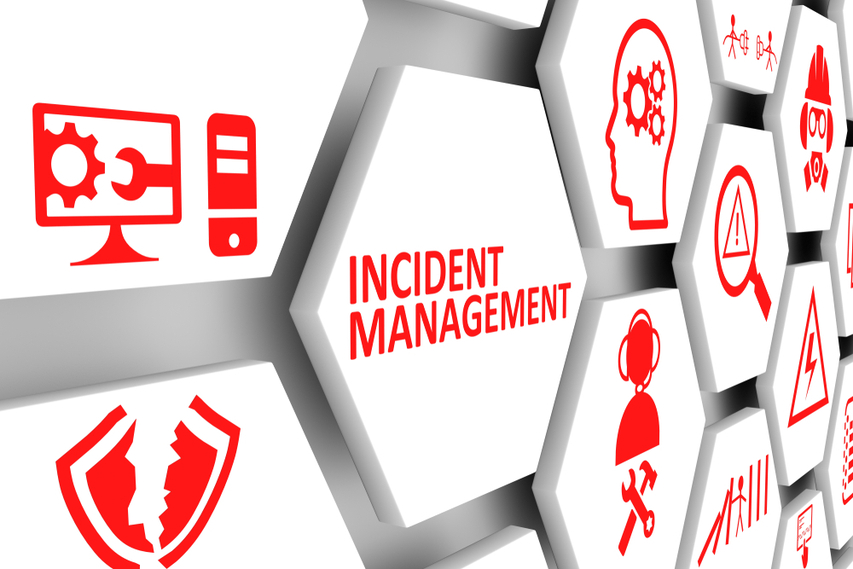A complex IT environment:
The likelihood of IT incidents rises due to employee use of personal devices and enterprises’ frequent enabling of VPN access to vital files from unsafe networks.
Absence of hybrid-capable self-service:
End users might only be able to handle common problems with useful information, such as knowledge articles on frequently used services, VPNs, and security best practices, leading to a deluge of L1 (Level1) tickets that are routine.
Absence of an omnichannel service desk:
If the service desk is conversant with particular platforms or apps, incidents reported by end users may be noticed.
A depleted IT workforce:
Lacking an effective task distribution system, service desks may end up overworking their IT staff, which can cause burnout.
Working in silos inhibits collaborative approach:
It can lead to duplication of effort when dispersed IT teams work in silos and lose track of incident tickets allocated to one another.
Strategise your incident response for a hybrid future
You can strategically plan your IT incident response by utilising remote monitoring tools, carefully curated self-service portals, delivering an omnichannel experience, utilising resource planning, and promoting a collaborative approach. At the same time, your IT service desk aligns itself with the future of work.
1. Remotely monitoring the IT landscape:
By combining their ITSM software with remote monitoring solutions, organisations can adopt a proactive incident management strategy to manage a complex IT landscape under a hybrid work style.
2. Providing appropriate data through curated self-service portals:
Organisations can address the information shortage that ends users face by creating a self-service portal that lowers IT service desk tickets for both the on-site and remote workforce. End users can report data security incidents more quickly and accurately using incident templates and quick-action widgets. This speeds up incident resolution for IT service desks and lowers their risk of data breaches and ransomware attacks.
Common issues like VPN and account lockouts are addressed in knowledge articles, enabling users to handle incidents independently. When end users file a ticket, IT service desks can automatically use AI to recommend relevant knowledge base articles. Additionally, this can prevent the need to escalate the ticket by ensuring it is directed to the proper IT service specialist when necessary. In this manner, IT teams may prioritise high-priority events and guarantee service availability.
3. Providing an omnichannel customer experience:
IT teams can combine service desk systems with remote communication tools like Microsoft Teams and Slack to record events reported on these channels. Users may submit tickets without switching windows, use the self-service site, search the knowledge base, and more.
Additionally, IT service desks can facilitate real-time chat with technicians, assuring quick ticket resolution or escalation as needed.
IT teams may keep track of all incidents reported through various channels by constructing an omnichannel service desk solution.
4. Adopting resource planning for increased service desk efficiency:
IT service desk technician burnout can be avoided by organisations by using effective resource planning techniques.
Then, businesses may build up automation to assign tasks and tickets to backup experts, ensuring that IT and business assistance is available whenever needed.
5. By breaking down silos and promoting a collaborative approach:
Organisations might adopt a collaborative strategy to break down barriers and streamline their incident resolution procedure while overcoming the difficulties presented by a hybrid IT support staff.
When many technicians work on the same ticket, ticket collision alerts help avoid unnecessary repetition of effort.
By adding internal notes, sharing the issue ticket, assigning tasks to other experts or groups, or utilising interfaces with collaboration platforms like Microsoft Teams and Slack, technicians can also work together to handle large incidents.
Service desks can also disseminate critical information on such crises, giving IT specialists a heads-up while they manage the influx of tickets. Similarly, the service desk can reassure end users by announcing important issues regularly.


